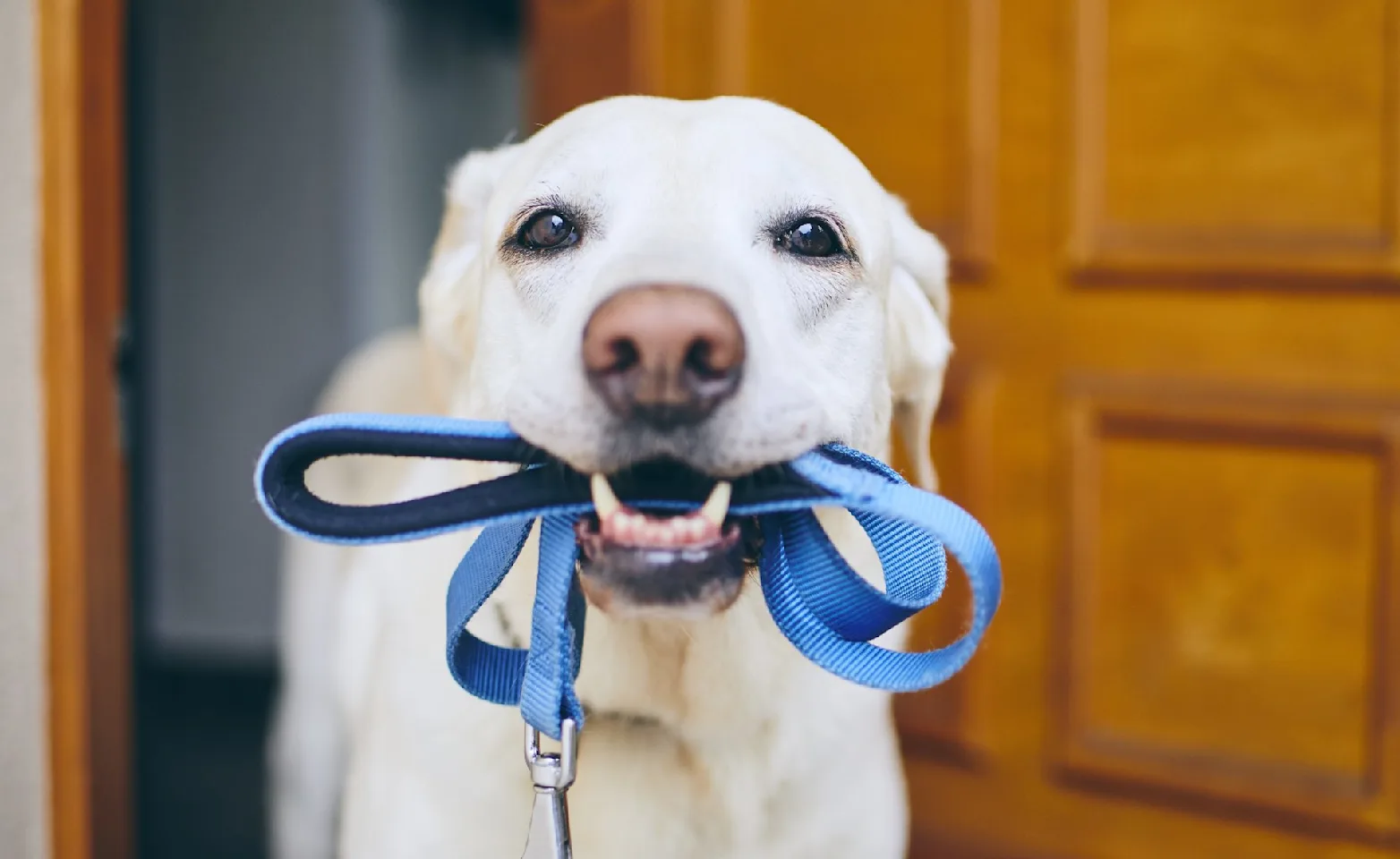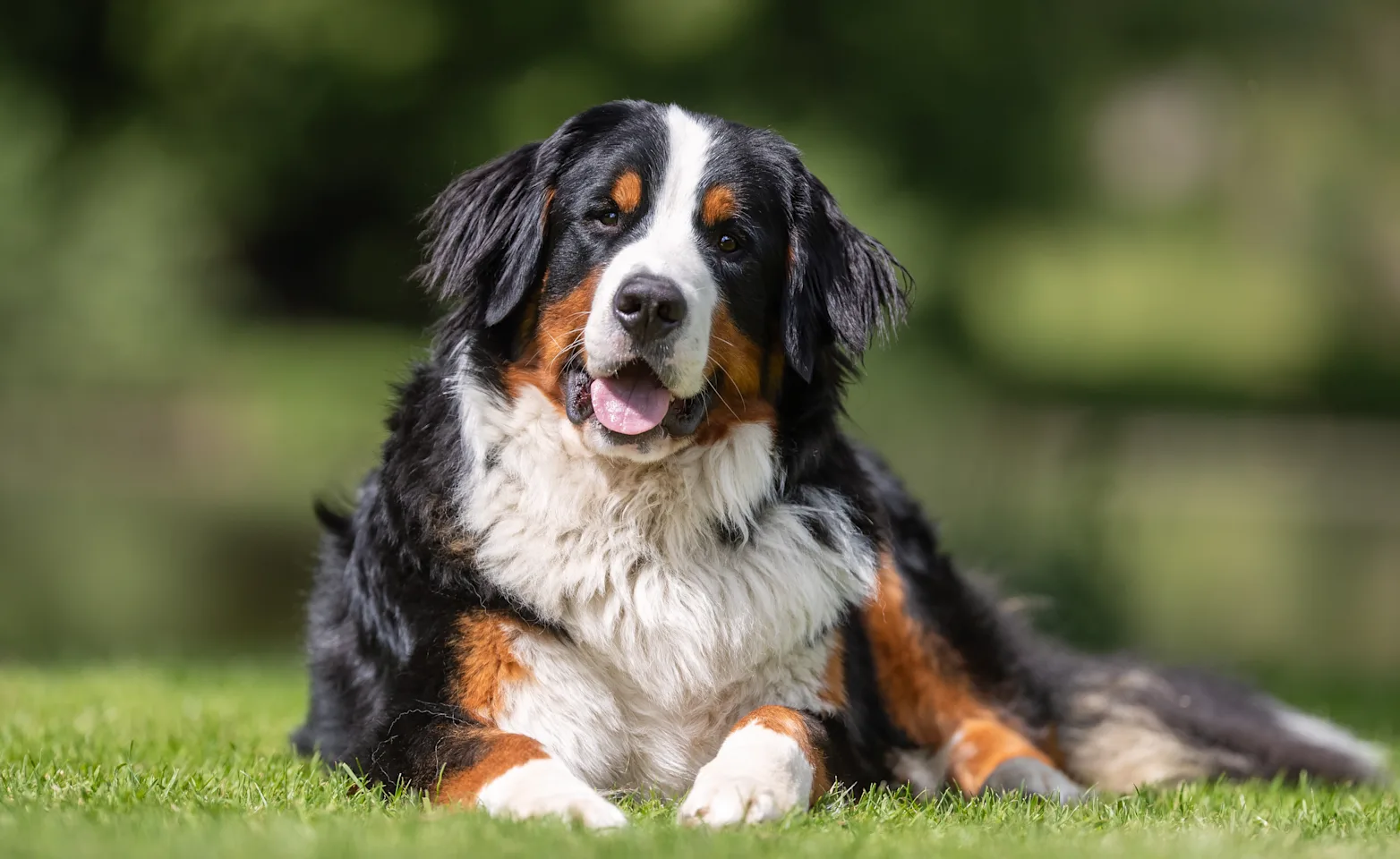Memorial Road Pet Hospital

Introduction Techniques
Introduce on neutralterritory. It’s best to let dogs become familiar with each other on neutral territory: outdoors. Each dog should be walked separately on a leash, and each walker should have a bag of high-value treats or food broken into small pieces. At first, walk the dogs at a distance where they can see each other but are not too provoked by each other’s presence. If the dogs are not showing any negative behaviors, reward them with treats just for seeing each other. For example, when the dog you’re walking looks at the other dog, you can say “Good boy!” in a happy, friendly voice and give him a treat. Repeat often.
Pay attention to each dog’s body language. Watch carefully for body postures that indicate a defensive or wary response, including hair standing up on the dog's back, teeth baring, growling, a stiff-legged gait or a prolonged stare. If you see such postures, either when the dogs are at a distance or near each other, immediately and calmly interrupt the interaction by interesting the dog in something else. If the dogs seem relaxed and comfortable, you can shorten the distance between them. Again, offer treats to the dogs any time they look at each other in a relaxed manner.

Introduction Techniques (continued)
Let the dogs determine the pace of the introduction. It’s possible that the dogs will just want to play with each other by the middle of the walk. It’s also possible that it will take more time before the dogs are comfortable enough to walk side by side. The most important thing is to take this introduction slowly. The more patient you are, the better your chance of success. Do not force the dogs to interact. Once the dogs are able to view each other at close proximity, allow one dog to walk behind the other, and then switch. If the dogs remain comfortable, allow them to walk side by side. Finally, let the dogs interact under close supervision. If one or both dogs show any signs of stress or agitation, proceed more slowly with the introduction.
Monitor closely in the home. When first introducing the dogs in the home, use a sturdy, tall baby gate to separate them. Observe how they interact through the gate. Reinforce positive behavior by providing high-value treats to the dogs for positive interactions. Make sure that there are no toys, food or treats left around the home that the dogs could potentially fight over. Also, be aware of situations that could lead to conflict—for example, when the dogs get overly excited. Closely monitor the dogs when they are together, rewarding them with treats until you are 100% confident they are comfortable and safe with each other.
